Facilitating collaboration, strategic growth, innovation, and cultural impact for the media arts field
News & Updates
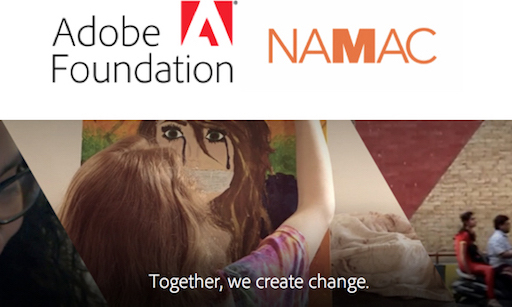
NAMAC Receives $250,000 Grant from Adobe Foundation for Global Youth Media Initiatives
The National Alliance for Media Arts and Culture (NAMAC) today announces a $250,000 grant from the Adobe Foundation to support NAMAC’s diverse Youth Media initiatives.
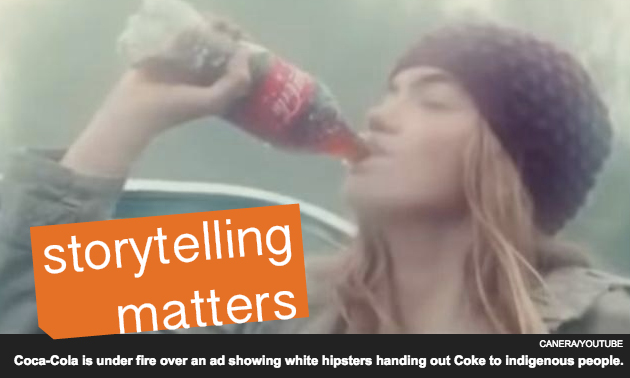
Data, Ethics, Community
This essay is a conversation between Anselm Hook (Creative Technologist, former CTO of Meedan, Co-Founder of Maker Lab and Liminal AR in the Samsung Accelerator) and Wendy Levy, the Executive Director of the National Alliance for Media Arts and Culture.
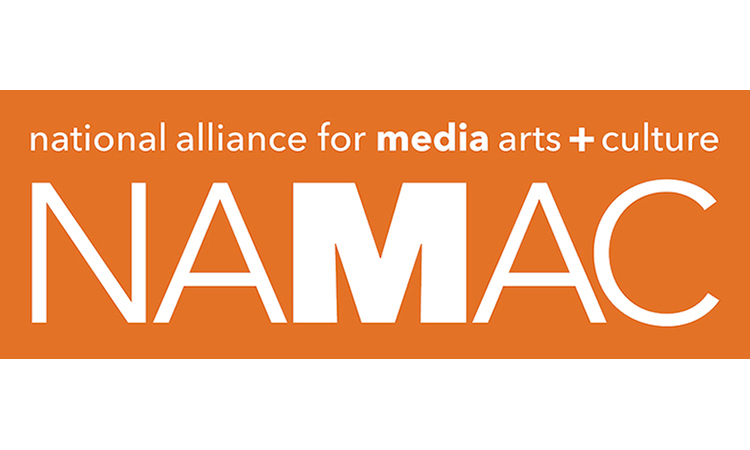
December eBulletin—your latest media arts + culture news
Facilitating collaboration, strategic growth, innovation, and cultural impact for the media arts field
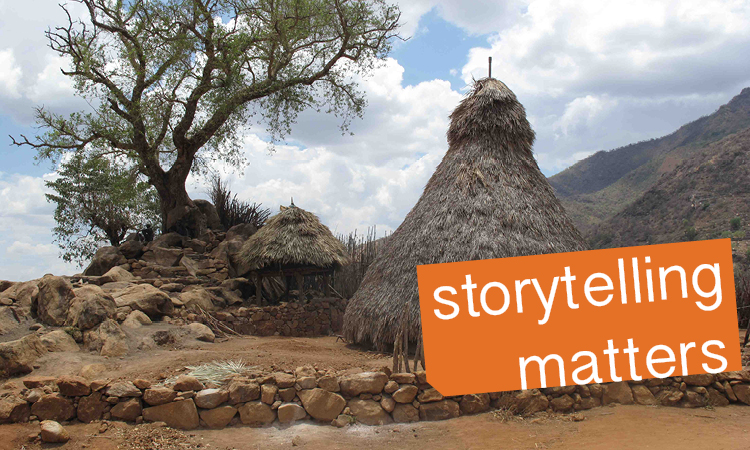
The Justice of Her Own Story
By Mary T. An
I’ve been thinking a lot about stories we hear. And, more importantly, the stories we don’t hear.
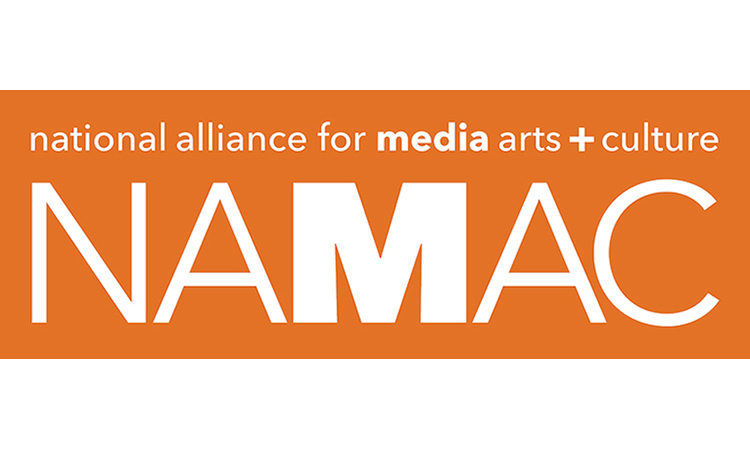
October eBulletin—your latest media arts + culture news
Facilitating collaboration, strategic growth, innovation, and cultural impact for the media arts field
We Can’t ‘Fix’ Copyright and the Internet. Here’s Who Can.
By Casey Rae
A couple of days ago, I had a realization: even though my day job is basically about bringing overlooked perspectives — those of musicians and other creators — to the policymaking sphere, the fact is that most of what my organization ends up doing is reactive, rather than proactive.

September eBulletin—your latest media arts + culture news
Facilitating collaboration, strategic growth, innovation, and cultural impact for the media arts field
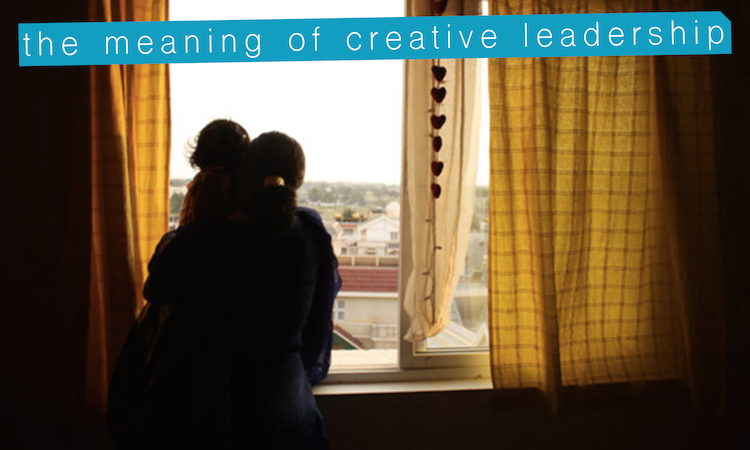
The Beautiful Chaos of Creativity
By Katerina Cizek
With collaboration at its core, the challenge of Creative Leadership is the dance between the (beautiful) chaos of creativity and the (necessary) framing, organizational instinct of more conventional forms of leadership. Both "Creative Leadership" and "Leading Creatively" mean keeping wheels on both tracks, in parallel.
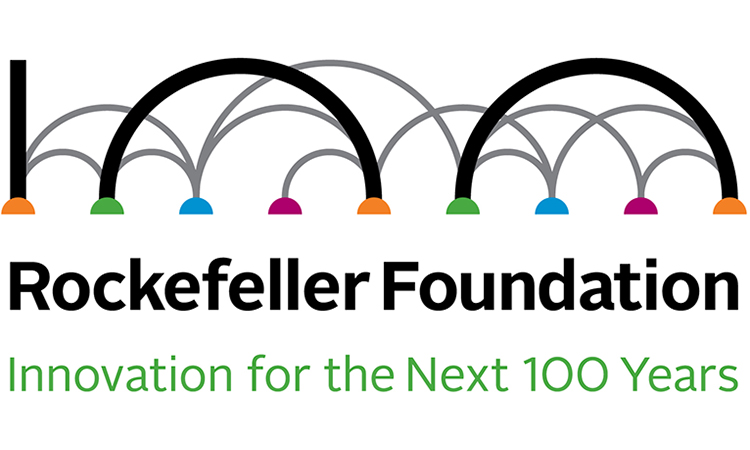
NAMAC Receives $232,000 Grant from the Rockefeller Foundation for Innovative Global Arts + Climate Change Initiative
SEPTEMBER 1, 2015— The National Alliance for Media Arts and Culture (NAMAC) today announces a $232,000 grant from The Rockefeller Foundation to support NAMAC’s Innovation Studio and the formation of the Creative Impact Network, a digital media platform connecting global audiences to art, science, and journalism on urgent social issues.
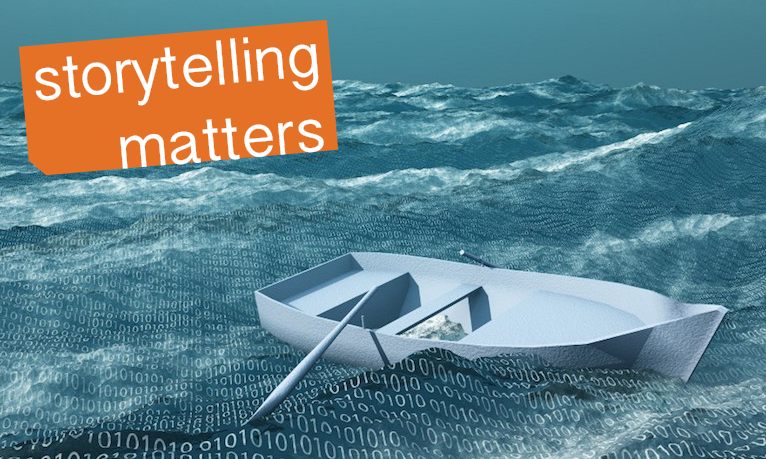
Why the Arts Need Responsible Data Journalism
By Casey Rae
Before the Internet, few outside of research or technical vocations had much concern with data. Now, as users and producers in an increasingly Internet-centric economy, we’re all swept up in the dataflood. All of this activity, individually and in the aggregate, contributes to the massive volume of data generated every day. Contextualizing all of this information and translating it for human comprehension is one of the key challenges of our time.
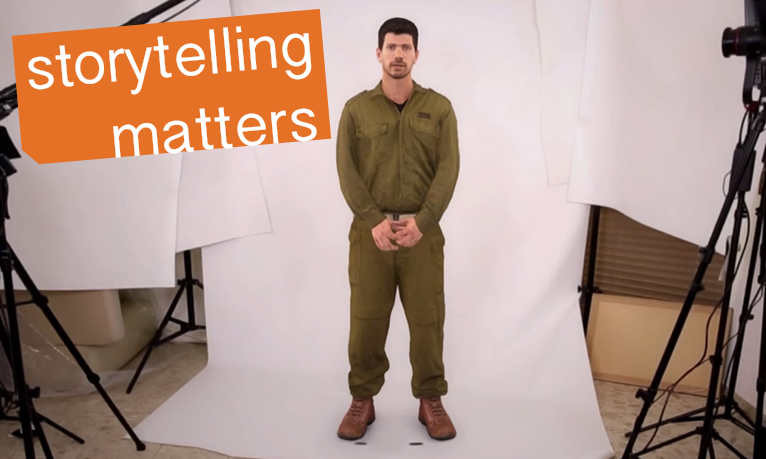
Virtual Reality in Conflict Zones
By Conor Risch
Like oxygen to fire, new generations of soldiers feed longstanding conflicts. It’s unlikely that young people who take up arms in places like Israel and Gaza, El Salvador, Afghanistan and the Congo actively choose to deny the humanity of their enemies. The cultures that raise them, and the history of the conflicts into which they step, cast enemies as “the other,” as people without decency or compassion or hopes and dreams, and it can be easy to avoid digging for alternate views.
